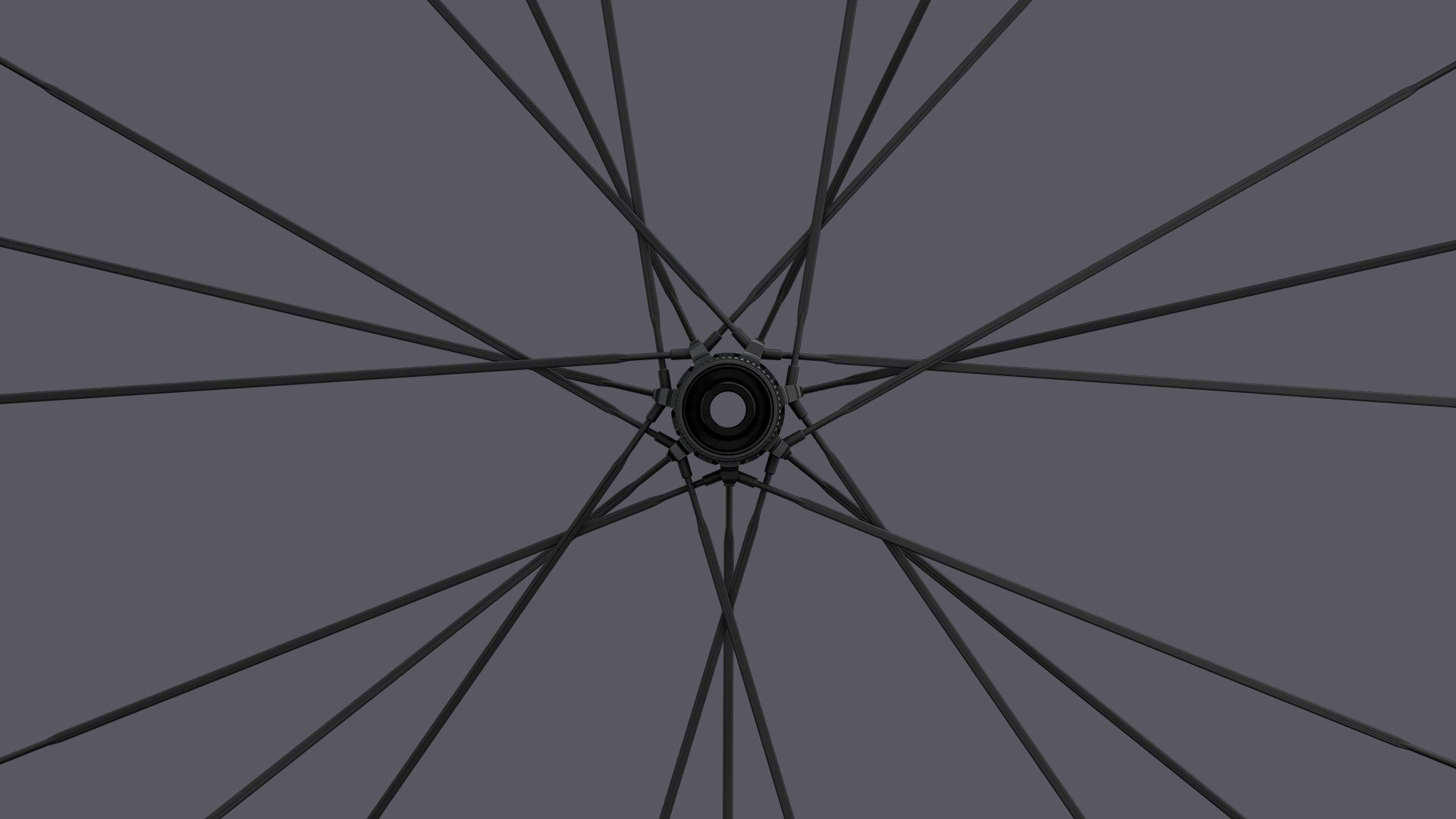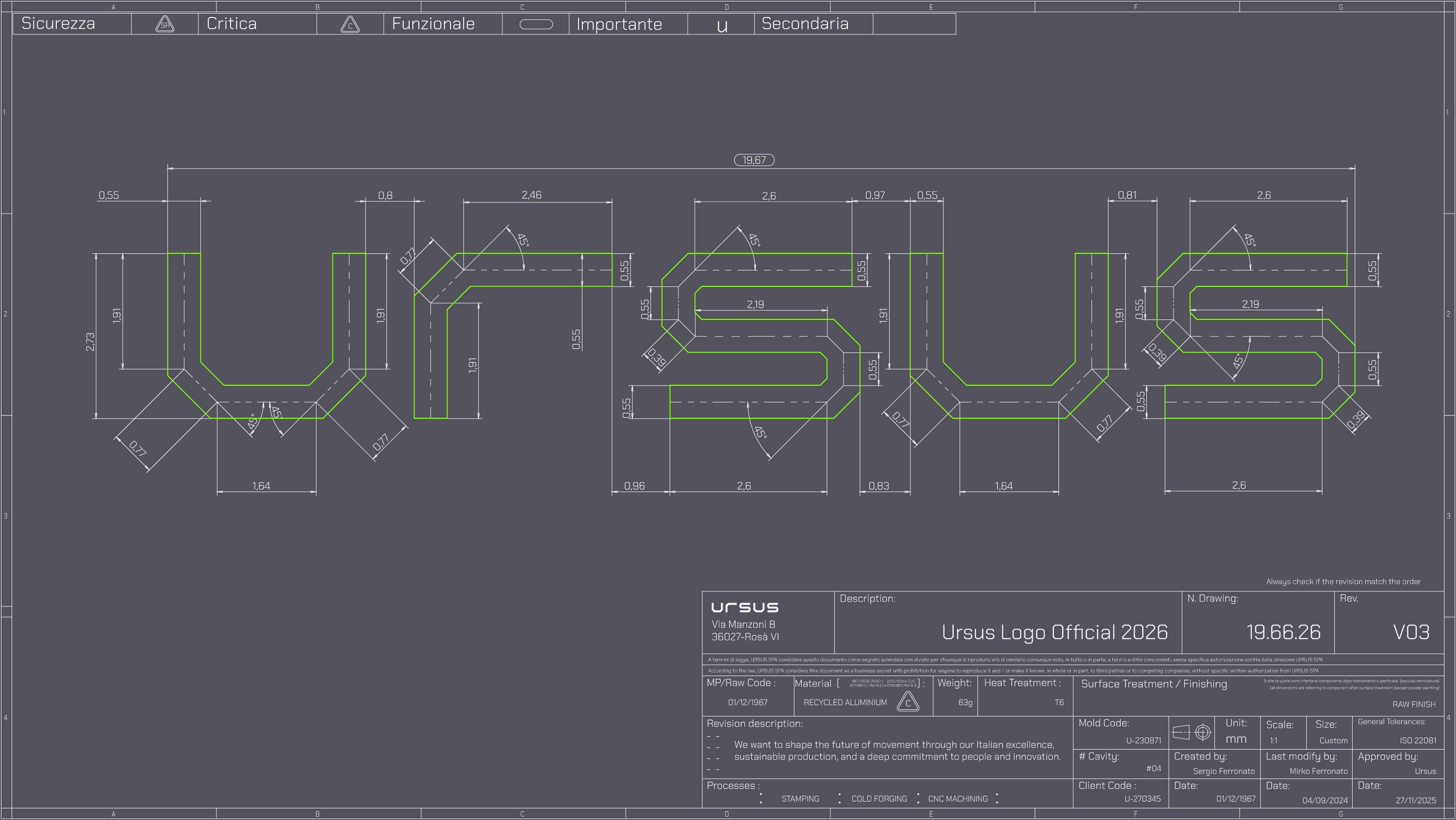
Why a new logo?
Not only are our products studied, developed and designed by our engineers in harmony with our values.
Our logo also underwent a high-precision mechanical conceptual development process to best symbolize our "mechanical spirit."
News & Stories Hub
Ironman and Olympic Triathlon: What are the differences?
In the world of triathlon, the Ironman is the queen of races, while the Olympic Triathlon has shorter distances and is more intense… which of the two is more difficult to tackle?
Learn moreAll Triathlon disciplines: from Olympic Triathlon to Sprint Triathlon
Are you new to the world of triathlon? Then the differences between the various disciplines are probably not yet completely clear to you. In fact, there isn't a...
Learn moreSprint Triathlon: Race Guide
The Sprint Triathlon is the shortest and fastest race in the triathlon. Like all other disciplines in the sport, the sprint is divided into three phases...
Learn moreBehind The Race - La Vuelta / Final Recap
Discover the third and final week of the 80th edition of La Vuelta a España and experience the emotions of Behind the Race with Ursus.
Learn more















